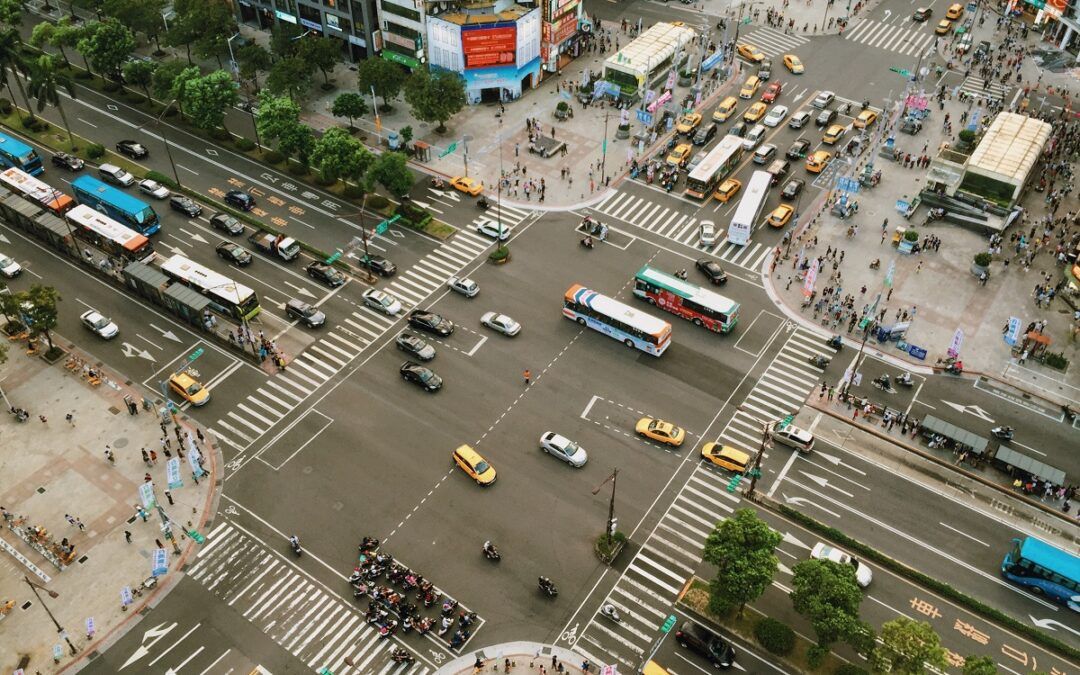Being part of a society that is constantly innovating, means learning and conceiving oneself as part of a constant change. Every day, in fact, we witness the development of ideas, projects and technologies capable of producing new opportunities and possibilities. However, new ways of collaborating, sharing and cohabiting, also make it necessary to rethink and revise some key aspects of our daily lives, and one of the most important of these is undoubtedly the environment that we inhabit.
Urban spaces, in fact, today more than ever need to be reviewed and rethought, not only to ensure that they can adhere to emerging needs, but also so that they can be a source of satisfaction and happiness for those who live there or attend them daily.

From this point of view, talking about urban regeneration means tackling the subject of the requalification and recovery of these environments both from the point of view of social innovation and from the structural or architectural one. Of course, this is not, a linear or univocal process: in fact, as Elena Ostanel points out in her “Spazifuori dal comune“, it can have a so-called bottom-up origin when, for example, the projects start from the territory itself and its inhabitants and are typical of very specific areas; or we can see the birth of large top-down projects that find their origin in the administrations and institutions. In any case, the common thread that unites any kind of urban regeneration process, is the variety of outcomes produced, as well as the fact that they are long-lasting.
In any case, the common thread that unites any kind of urban regeneration process is the variety of outcomes produced, as well as the fact that they are long-lasting. This is why it would be unthinkable to entrust the task of regenerating and restoring urban areas entirely to individual professionals in a specific sector. Rather, urban regeneration must be thought of today more than ever as a goal that involves different professional fields and areas of expertise.
But who is the urban regenerator?
Giving an unequivocal answer to this question is not easy: in fact, although it is a professional figure operating in urban contexts around the world for decades, we have not yet been able to draw a clear profile. This is due to the characteristics of the skills and abilities required by the role, which are heterogeneous and related to very different professions. This is why the professional landscape of urban regeneration operators is, today, very wide, varied and made up of professionals who are also very different and distant from each other.

Being able to provide a clear picture of the professional figure of the urban regenerator, however, is a clear and urgent objective that would allow to define its role, skills and responsibilities.
To date, there are many attempts to define this important role in a definitive and shared way, one of the most concrete is represented by the research project “Who R U” within the Master U-RISE in Urban Regeneration and Social Innovation of the IUAV of Venice.
The intent of this research is to collect and provide a structured and shareable synthesis of the skills and knowledge that an urban regenerator must necessarily possess to be defined as such. In general, there is a fair amount of agreement in the literature that a multi-sectoral and diversified approaches are the key to successful urban regeneration. There are many examples of successful urban regeneration that can be taken into consideration. One in particular is represented by the Dockland district of Melbourne in Australia, redeveloped and made an integral part of the city in 2007, it is now a very important commercial and residential area, very popular and attractive.
Even the so-called Art Districts are a clear example of how effective and productive can be a good work of regeneration and redevelopment of urban areas often previously in a state of degradation or abandonment. These places, in fact, have been made sites of social, cultural, tourist and economic interest thanks to interventions and artistic installations that can give them new life and meaning. Those who live in these places rediscover them and fall in love with them, re-evaluate their beauty and importance and take care of them because they perceive them as small treasures to protect and preserve as part of their identity.

To regenerate, renovate or requalify a place with competence and method by making it unique, special and functional, means to regenerate also its habitants and to give new life to their sense of belonging and responsibility; it means to create happy places populated by happy people; it means to conceive an urban and structural innovation that goes hand in hand and reflects the social one, reducing the distance between these two aspects until it cancels them.
Unione degli Assessorati is currently implementing an Innovation Project under the Erasmus+ call about urban regeneration and urban happiness called “STUD.IO: Sociability Through Urban Design Innovation”; the objective of this project is to create an experimental university training course for students that intend to develop skills in the sociological, psychological, environmental and urbanistic aspect of the urban planning. To achieve this goal, a free e-learning platform will be launched in February 2022, and will be available for everyone that is interested in this field: the platform will include training materials, interviews with experts and a specific networking forum will be open to create links among student and expert.







